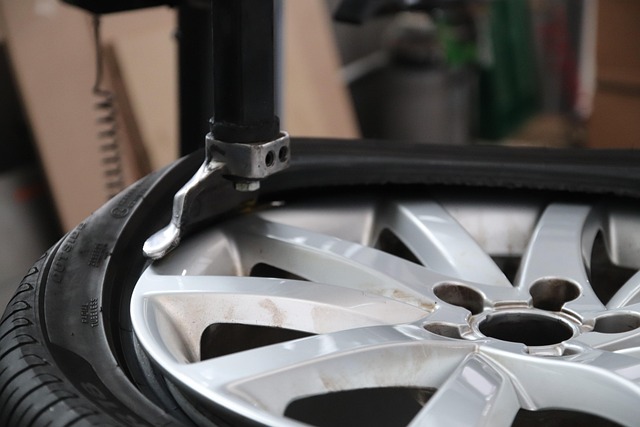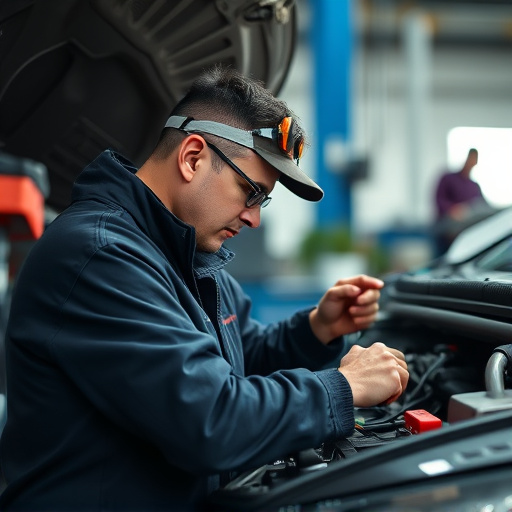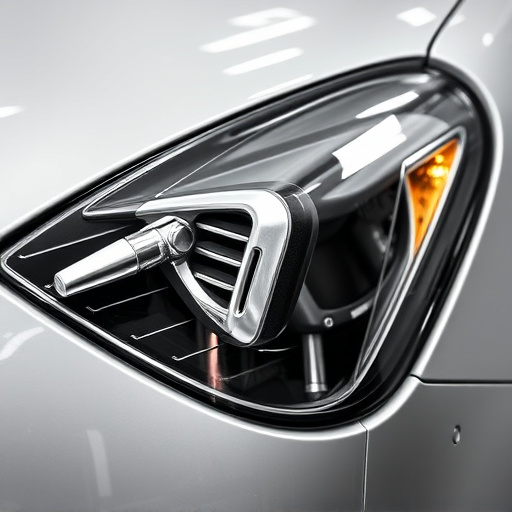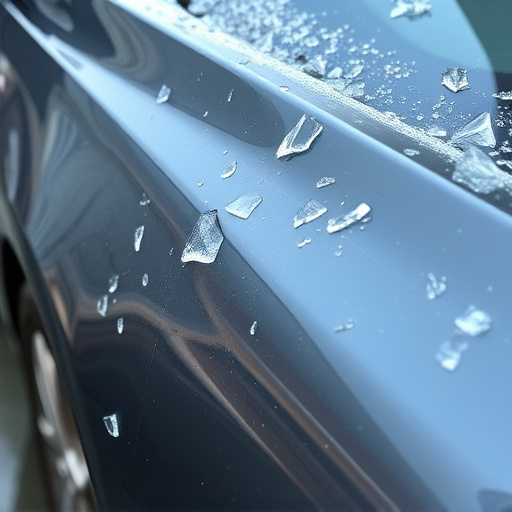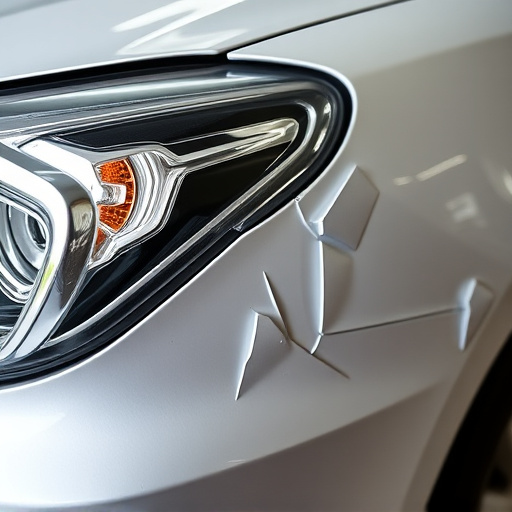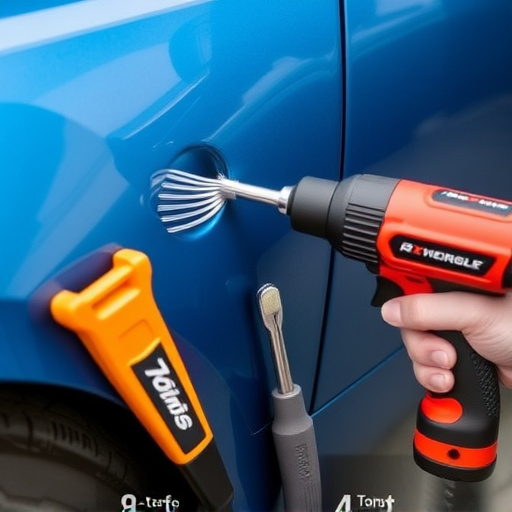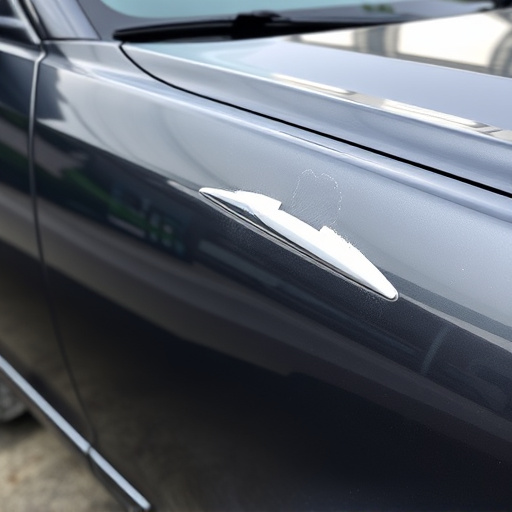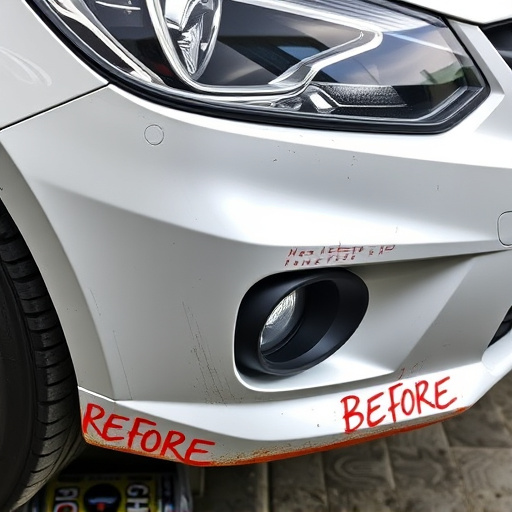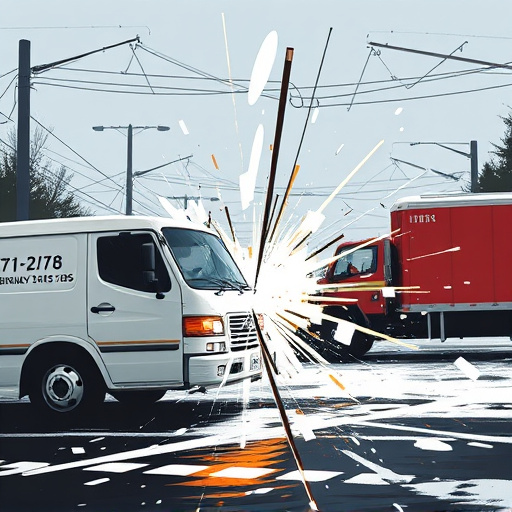Seam sealers are crucial for auto body repairs, offering long-term warranties (1-5 years) covering material defects. Proper usage and high-quality materials ensure maximum coverage. Exclusions include damage from improper use, extreme temps, chemical contamination, and normal wear. Regular maintenance and prompt repair of issues preserve warranty benefits.
When it comes to ensuring the durability and longevity of seams in various materials, understanding the right seam sealer is paramount. This article delves into the world of seam sealer types, exploring their distinct roles in sealing and protecting critical joints. We also dissect warranty coverage, clarifying what’s protected and what’s not, and provide best practices to maximize these guarantees. By the end, readers will be equipped with knowledge to make informed decisions regarding seam sealer choices and warranty management.
- Understanding Seam Sealer Types and Their Roles
- Warranty Coverage: What's Included and Excluded?
- Best Practices for Maximizing Warranty Benefits
Understanding Seam Sealer Types and Their Roles

Seam sealers are essential components in various industries, particularly in automotive sectors like auto body repairs and car body restoration. Understanding the different types of seam sealers and their roles is crucial when considering long-term warranty coverage for vehicles undergoing automotive restoration. These sealers serve to create a durable bond between joined materials, preventing water intrusion and corrosion.
The choice of seam sealer depends on the specific application. For instance, some are designed for high-temperature environments, while others excel in sealing delicate surfaces. In auto body repairs, a versatile seam sealer that offers both strength and flexibility is ideal. This ensures that the repair is not only secure but also withstands the stresses of daily driving. Properly applied sealers can extend the lifespan of vehicle components, making them valuable assets during extensive automotive restoration processes.
Warranty Coverage: What's Included and Excluded?
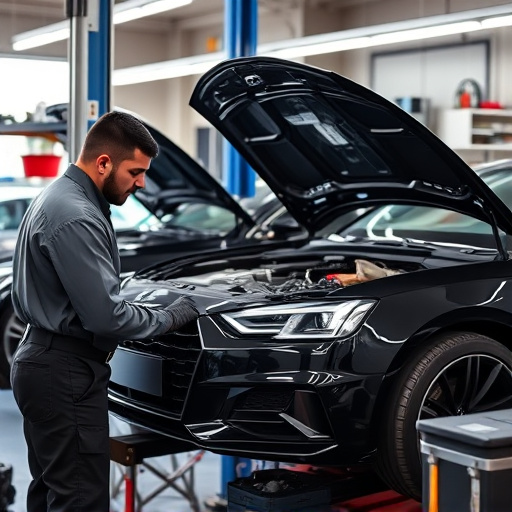
Warranty coverage for seam sealers varies across different manufacturers and retailers. When purchasing a seam sealer, it’s crucial to understand what is included in the warranty. Typically, warranties cover defects in materials and workmanship for a specified period, often ranging from 1 to 5 years. This means if your seam sealer develops a leak or fails within this period due to manufacturing flaws, you may be eligible for repair or replacement without additional cost.
However, warranties usually exclude coverage for damage caused by improper usage, exposure to extreme temperatures, chemical contamination, or normal wear and tear. For instance, an auto repair near me might offer a 2-year warranty on their seam sealers, but this would not cover issues arising from using the product in a classic car restoration project exposed to harsh weather conditions or incorrect application techniques. Understanding these exclusions is essential when considering whether a specific seam sealer is suitable for your luxury vehicle repair needs.
Best Practices for Maximizing Warranty Benefits
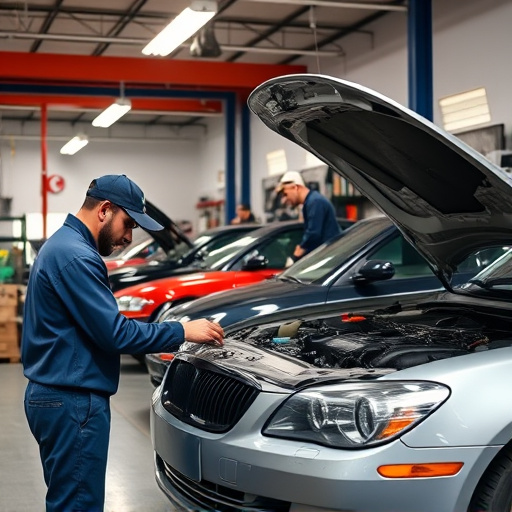
To maximize the benefits of your warranty coverage when it comes to seam sealer and car bodywork repairs, there are several best practices to keep in mind. First, ensure that all repairs are performed by certified professionals who use high-quality materials, including top-notch seam sealers, designed to withstand various environmental conditions. This is crucial for preventing future damages, especially from exposure to harsh weather or chemical substances.
Regular maintenance checks can also extend the life of your warranty. Keep an eye out for any signs of wear and tear, such as cracks in the paint or signs of rust, and promptly address them. For minor issues like scratches or hail damage repair, consider getting car bodywork services that use advanced techniques to restore the original look without voiding your warranty. Remember, proactive care is key to leveraging the full scope of your warranty benefits.
When choosing a seam sealer, understanding its type and ensuring proper application is key to maximizing warranty benefits. By familiarizing yourself with different sealers and their roles, and adhering to best practices, you can navigate the warranty coverage landscape effectively. Remember, a quality seam sealer and responsible installation practices are essential for long-lasting results, ensuring your products remain protected under the manufacturer’s guarantee.

